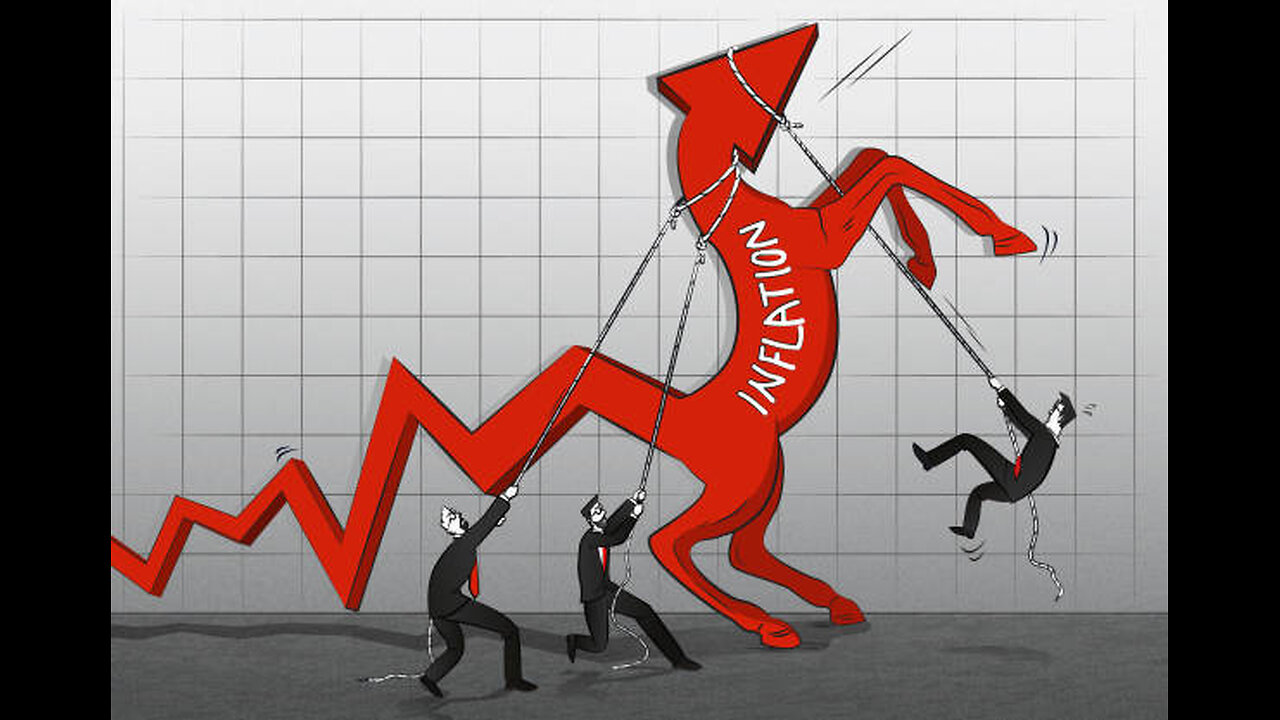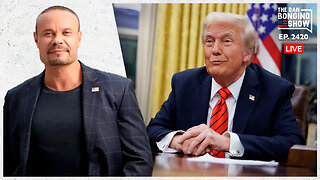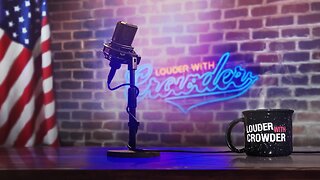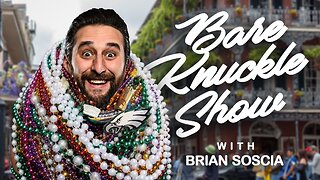Premium Only Content

INFLATION
Inflation refers to the rate at which the general level of prices for goods and services in an economy rises over a period of time. As prices increase, the purchasing power of money decreases, meaning the same amount of money buys fewer goods and services. Inflation is typically expressed as an annual percentage rate.
Types of Inflation
Demand-Pull Inflation: Caused by increased demand for goods and services that exceeds supply.
Cost-Push Inflation: Results from higher production costs (e.g., wages, raw materials), leading businesses to raise prices.
Built-In Inflation: Occurs when businesses and workers anticipate inflation and adjust wages and prices accordingly, creating a self-reinforcing cycle.
Causes of Inflation
Increased Money Supply: When too much money circulates in the economy, its value decreases.
Supply Chain Issues: Shortages or disruptions can increase production costs, which are passed on to consumers.
Strong Consumer Spending: When demand outpaces production capacity, prices tend to rise.
Geopolitical Events: Wars, sanctions, or political instability can disrupt supply chains or drive commodity prices higher.
Effects of Inflation
Erosion of Purchasing Power: Money becomes less valuable over time.
Impact on Savings: If the inflation rate is higher than interest earned on savings, the real value of savings decreases.
Higher Borrowing Costs: Central banks often raise interest rates to control inflation, making loans more expensive.
Asset Appreciation: Inflation can increase the value of assets like real estate or commodities, benefiting asset holders.
Measuring Inflation
Consumer Price Index (CPI): Tracks changes in the price of a basket of consumer goods and services.
Producer Price Index (PPI): Measures price changes at the wholesale level.
Managing Inflation
Central banks, like the Federal Reserve in the U.S., use monetary policy to control inflation. This includes:
Raising Interest Rates: To slow borrowing and spending.
Quantitative Tightening: Reducing the money supply.
Fiscal Policies: Governments can adjust taxes and spending to influence economic activity
-
 LIVE
LIVE
The Charlie Kirk Show
18 minutes agoThe Left's Mental Breakdown + Whistleblowing at USAID | Dr. Moyar, Sen. Paul, Turner | 2.11.2025
9,527 watching -
 UPCOMING
UPCOMING
Grant Stinchfield
27 minutes agoBig Pharma's Phony MAHA Commercial to Hook Out of Shape Americans
-
 1:00:36
1:00:36
The Dan Bongino Show
3 hours agoThe Liberal Meltdown Means They're Guilty In This Scandal (Ep. 2420) - 02/11/2025
232K447 -
 51:47
51:47
The Rubin Report
1 hour agoElon Musk’s Tweet Reveals He’s Ready to Go Nuclear on Judge Stopping DOGE
11.6K17 -
 2:04:58
2:04:58
Steven Crowder
3 hours ago🔴 Gulf of America Day: Why Trump's Renaming Spree is More Important than You Think
221K173 -
 LIVE
LIVE
LFA TV
16 hours agoSWAMPY SHOWDOWN! | LIVE FROM AMERICA 2.11.25 11AM
5,713 watching -
 LIVE
LIVE
Bare Knuckle Fighting Championship
1 day agoThe Bare Knuckle Show with Brian Soscia
216 watching -
 LIVE
LIVE
I_Came_With_Fire_Podcast
1 hour agoGlobal Conflict | AGI | The Future Of The Social Contract
91 watching -
 LIVE
LIVE
The Shannon Joy Show
1 hour ago🔥🔥Con Inc. Has Declared Complete VICTORY For Trump & MAGA. Is It Really That Easy? Also UPDATES On Medical Freedom With Special Guests Werner Mendenhall & Deb Conrad! 🔥🔥
250 watching -
 DVR
DVR
Bannons War Room
1 year agoWarRoom Live
113M